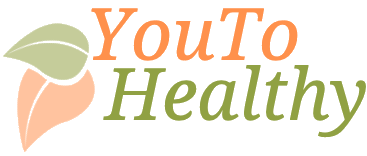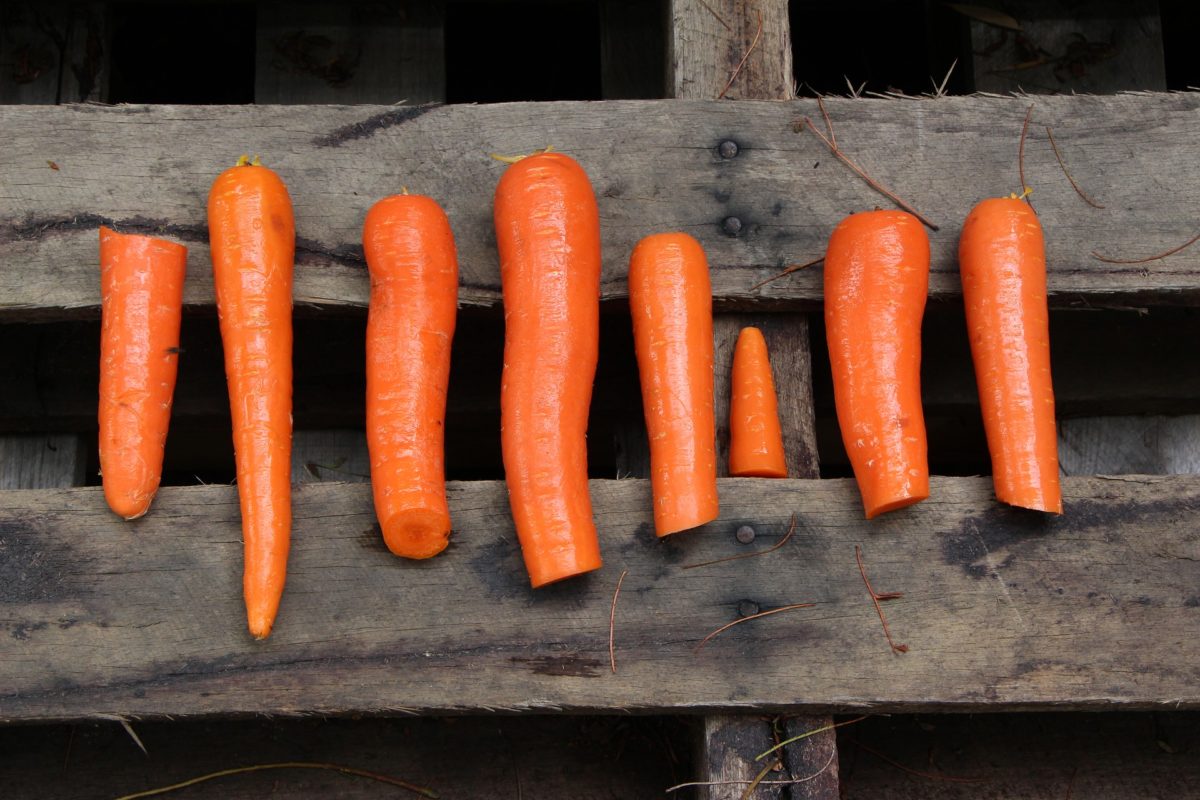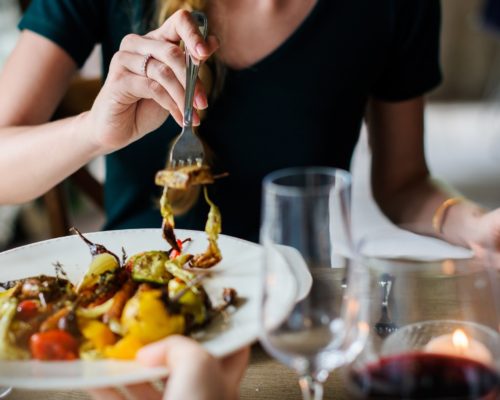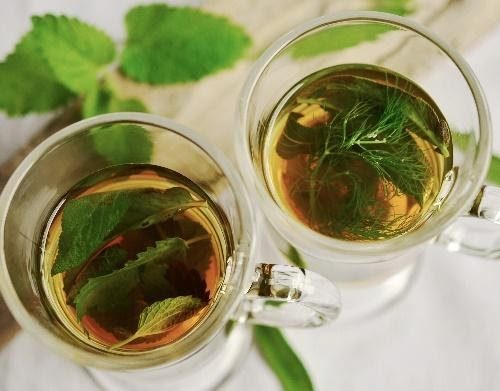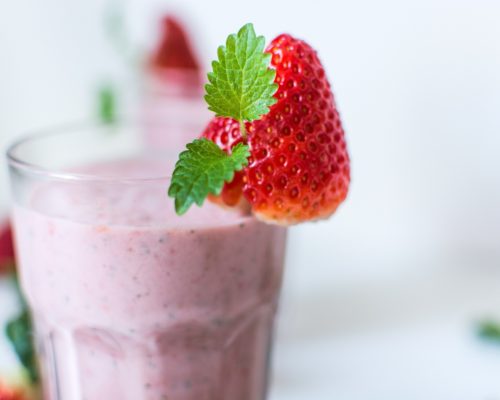There have been a lot of fad diets in recent decades, and paleo is no exception. If you’re curious about starting a new diet, Paleo is fairly easy to get into and gives pretty significant results.
Simply put, a paleo diet is built upon the foods that are similar to the diet of ancient hunter-gatherers during the Paleolithic era, which was approximately 2.5 million to 10,000 years ago.
Basically, you eat like a Neanderthal. “A paleo diet incorporates foods that in the past could be hunted or gathered. These foods include nuts and seeds, lean meats, vegetables, fruit, and some fish,” (Mayo Clinic, 2017).
Because the target foods for this diet center around 10,000 years ago, experts exclude things such as grains or dairy products usually, as they were farmed, and not hunted or gathered.
Of course, this can be negotiated depending on what your health provider, nutritionist, or personal trainer recommends for your stature.
So, the question is: does the Paleo diet actually work? What are the pros and cons of the paleo diet? Let’s find out.

You may also like: Can the Keto Diet Actually Work?
What is a Paleo diet?
The paleo diet excludes more modern food such as grains and dairy, as well as processed food with preservatives (so McDonalds or any other fast-food chain). Therefore, you avoid a lot of toxins and unhealthy fats you’d normally eat in processed foods, dairy, or grains.
Because of this, the Paleo diet can give some pretty great results to those that stick with it.
The diet’s reasoning is due to the discordance hypothesis theory. The theory postulates that modern farming has put our digestive systems at a genetic disadvantage, as we’re unprepared for more processed foods, and therefore don’t have efficient metabolisms.
The modern diet changed what humans ate, and their metabolism fell behind in digesting these more processed foods, supposedly leading to negative consequences such as obesity or heart disease. However, adoption of the Paleo diet assumes that modern humans can replicate the ancient hunter-gatherer diet.
Molecular biologist Marion Nestle argues that “knowledge of the relative proportions of animal and plant foods in the diets of early humans is circumstantial, incomplete, and debatable, and that there is insufficient data to identify the composition of a genetically determined optimal diet.
The evidence related to Paleolithic diets is best interpreted as supporting the idea that diets based largely on plant foods promote health and longevity, at least under conditions of food abundance and physical activity.”
So, what we know of the diet of early humans is merely conjecture at the best, but still gives a healthy option to dieters. I mean, no processed food has got to be a good thing…right?
The difference between paleo and other diets
So, while the Paleo diet is helpful and healthy sounding, how does it differ from other diets that focus on healthy foods?
The paleo diet differs from other diets by excluding grains and legumes. These provide many vitamins, which are lost in the Paleo diet.
The same goes for lack of calcium or protein, which are usually found in many dairy products but isn’t allowed in the Paleo diet.
Paleo dieters make up for these deficiencies with supplements.
What exactly does one eat on a Paleo diet?
Experts recommend grass-fed meat, or lean meat, as well as nuts, fruits, fish high in omega-3’s, vegetables, and oils from vegetables or nuts, such as olive oil or sunflower oil (Mayo Clinic, 2017).
That’s literally it, which leaves a lot off the list. Some things that you’re not supposed to eat on the paleo diet are: potatoes, legumes (beans and lentils), salt, and of course, beer or other alcohol.
All of these were cultivated by mankind after the 10,000 year mark through farming or salt mining. Therefore, a true paleo expert would say that they do not fit in the diet.
However, there is always flexibility depending on recommendations and professional opinions.
Here’s a sample menu of what someone on a paleo diet would eat:
Paleo diet sample
- Breakfast: salmon with fruit and avocado.
- Lunch: Salad with turkey, olive oil dressing.
- Dinner: Broiled pork with peas, and for dessert, more fruit.
Final considerations
Overall, when it comes to the pros and cons of the paleo diet, it can be a bit more expensive as you’re buying more fresh produce and meat, as opposed to processed foods that will stay fresh for longer.
Thankfully the paleo diet also allows for healthy snacks, such as carrots, celery, or fruit.
Before you try this diet, make sure to speak to a nutritionist or health care professional to get recommendations on how best to change the diet to suit your needs.
